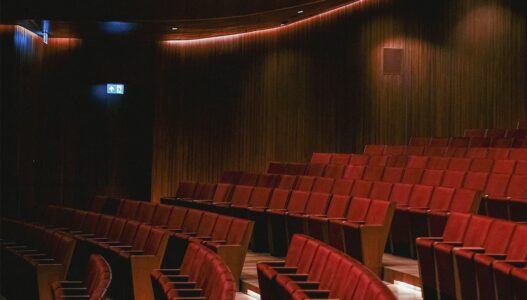On November 1, 1928, the El Campanil Theater opened its doors to the city of Antioch and the Diablo Valley. At the time, it was mentioned in the news as “the most pretentious building in Contra Costa County”. El Campanile (the bell tower), which was built, owned and operated by Ferdinand Stamm and Ralph Biede, is Spanish in both name and architecture. As with many theaters of the era, El Campanile originally offered an auditorium with approximately 1,100 seats, as well as a limited stage and rooms to support vaudeville entertainment.
To this day, folklore carries many tales of famous celebrities who performed there and left their autographs on the dressing room walls. El Campanil was also a single-screen movie theater with “state-of-the-art” projection capabilities in 1928.
In 2003, the theater was fully restored to its original appearance and updated with modern technology. This 94-year-old theater has been one of Antioch’s main cultural institutions and continues to thrive as an active historical monument to Antioch’s history.
Each year, the Art Deco Society of California presents the Art Deco Preservation Awards to people who have helped preserve Art Deco buildings, art, and culture. The awards recognize not only those institutions that are made in the Art Deco style, but also those that were built in that period. To include other types of architecture, the California Art Deco Society established the Eclectic Architecture Award as its own category 4 years ago.
In 2015, the Hearst Castle won the Eclectic Art Deco Architecture category. In 2016, the Eclectic Architecture Award was given to the Chinese Historical Society of America, and in 2017, it was awarded to Mills College for the preservation and management of buildings dating back to the 1920s. The El Campanil Theater is the fourth winner of the 2018 Eclectic Architecture Award, built at the height of the Art Deco period of the 1920s and 1930s.
Its Spanish Colonial/Spanish Gothic façade was unusual because, as the theater’s name suggests, it had three arches, each with a bell inside, with the largest arch and bell in the middle above the main entrance, three stories up. The hall still retains its original exquisite paintings, Moorish chandeliers and wall sconces.

